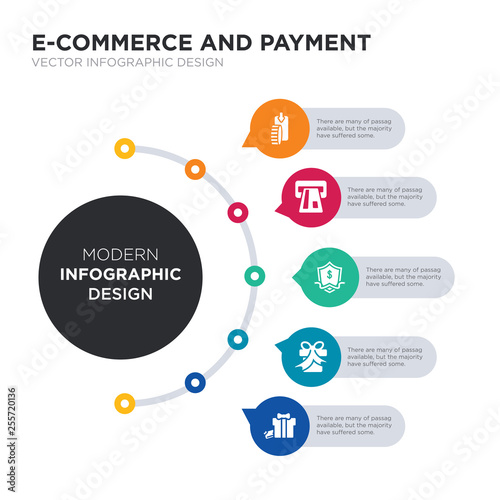Although they may appear similar, engraving and engraving differ in their approaches and results. Understanding these procedures is essential for any kind of business looking to personalize glass products.
Laser etching usages focused warmth to melt the mini surface of your product, producing recessed markings that resist damage and can be read under severe problems. It's suitable for things that require to be traceable, like commercial parts.
Appearances
Etching and etching both develop resilient, responsive styles that attract attention on the glass surface. They are excellent for jobs that call for a refined, classy appearance.
Laser etching can be made use of to engrave glass, however it calls for a protective layer or shield to stop heat damages to the glass. A specialized spray or coating is offered for this objective and can be applied to slim glass to reduce breaking or damages during the etching procedure.
It's likewise possible to engrave glass by hand using a rotary tool. This technique is time-consuming and labor-intensive, yet it can generate top quality outcomes when performed properly. Make certain to wear security equipment like goggles and a respirator mask to safeguard on your own from dirt and debris. You can start by attracting your design on the glass with a marker, after that put the rotary tool and slowly follow your style to engrave it right into the glass. After the engraving is complete, carefully get rid of any staying dirt or deposit.
Versatility
The etching procedure supplies a wide variety of applications for glass items. It is very functional and can be made use of on different materials and thicknesses of glass. It is additionally extremely exact and generates thorough, high-contrast layouts on the glass surface area. It can be used on both flat and rounded surface areas.
Glass inscription is a popular choice for glass items like wine bottles, building dividers, and day spa decor. It generates a soft and refined design that is not as visible as etching, making it an outstanding option for ambient appearances.
To minimize warm anxiety on thin glass, apply a safety product like concealing tape or a wet paper towel to the surface prior to laser inscription. This takes in and spreads laser energy to reduce localized heating and prevent splitting. Alternatively, coating the glass with a light detergent or dishwashing soap can also be a reliable pre-coating. Simply remember to cover only the laser-contacting face of the glass with these moisture-absorbing pre-treatments.
Longevity
Laser glass engraving creates deep, irreversible markings that are durable and visually striking. It's suitable for imaginative or light business purposes that require a polished appearance. Engraving requires exact and controlled handling of the glass to stop heat damages and fracturing. Slim or fragile glass can be extra prone to the high-contrast effects of laser engraving, making it important to keep track of the procedure carefully for signs of overheating and fracturing.
Etching makes use of a diamond-tipped tool to cut into the surface area of the glass, developing a distinctive mark that's less aesthetically striking than laser etching. It's an usual option for applications where a frozen impact is favored, such as ornamental glass windows and personalized gifts. Like laser inscription, etching is very precise and excellent for logos and various other thorough imagery. Evergreen Glass utilizes advanced laser tools adjusted for optimal efficiency to attain etching and engraving with remarkable precision. For included peace of mind, our makers include built-in security features that make certain risk-free procedure.
Expense
Glass etching entails the use of chemical solutions to create a style. While engraved glass as conversation piece this strategy is not as specific and reliable as laser etching, it is still an excellent choice for artisanal glasswork, which can be an excellent means to elevate a special event present or celebratory item.
For the best results, it is essential to examine an example piece of glass before applying any type of etching lotions. Various sorts of glass might respond differently to the chemicals. Some will etch extremely swiftly while others could take a lot longer. In many cases, an item of glass may even fail to etch whatsoever!
Laser etching includes using a computer-guided system, generally described as a CNC (Computer System Numerical Control) equipment, to direct a focused laser beam of light at the surface of the glass. This process needs a high-level of technical skill and imagination. It is an efficient method to etch complex patterns on large jobs with high degrees of precision.
